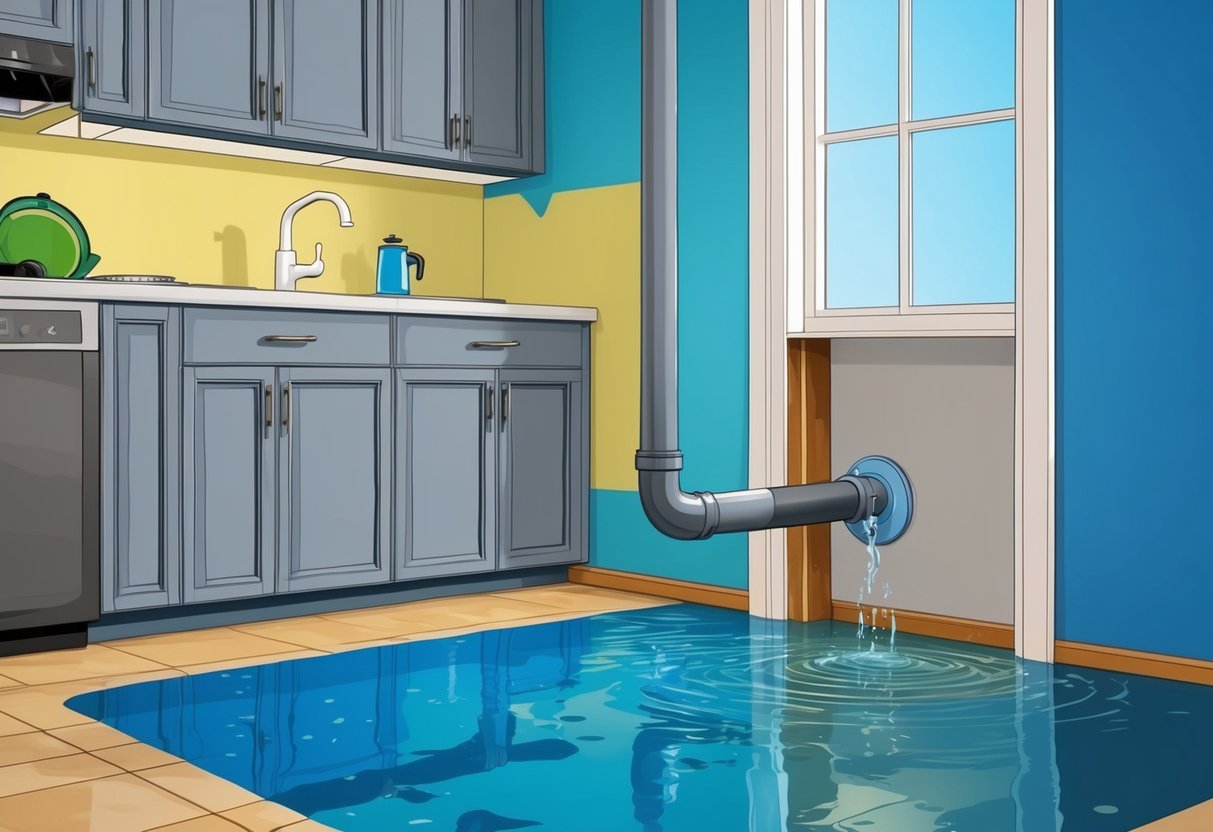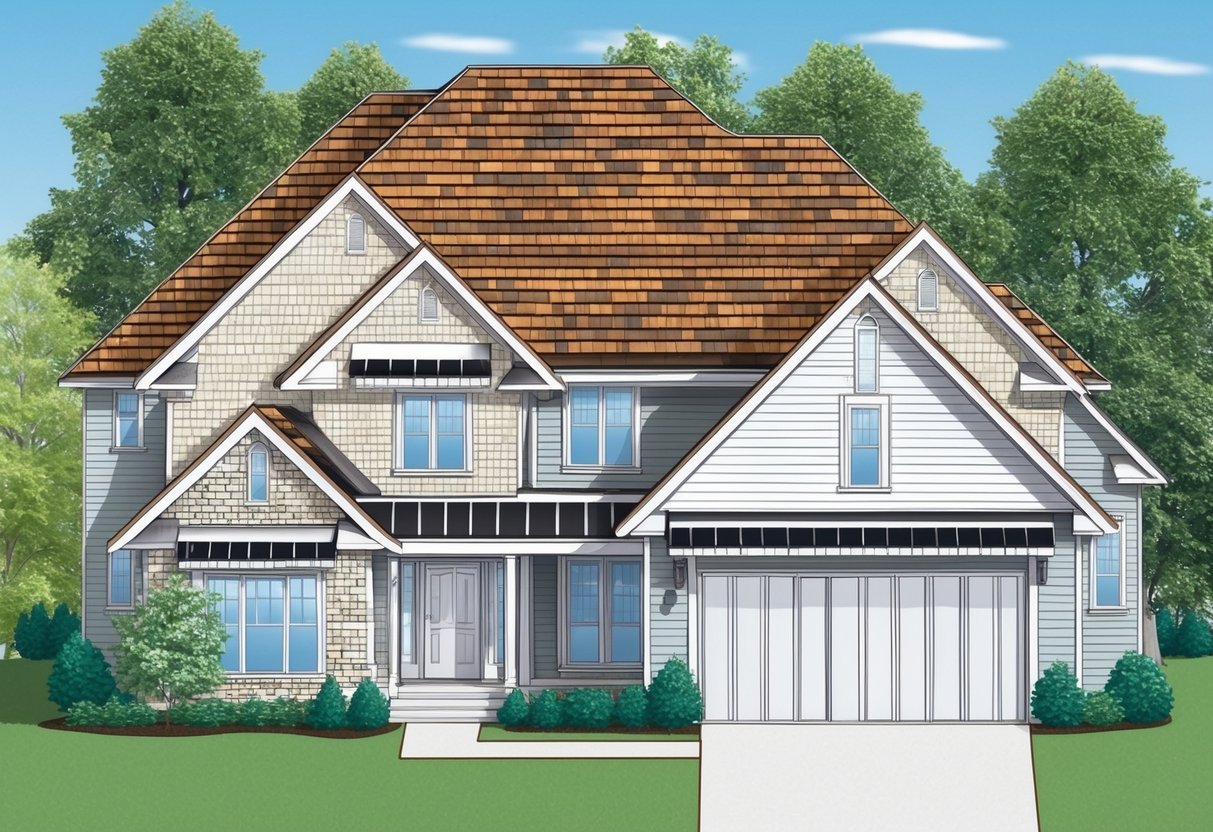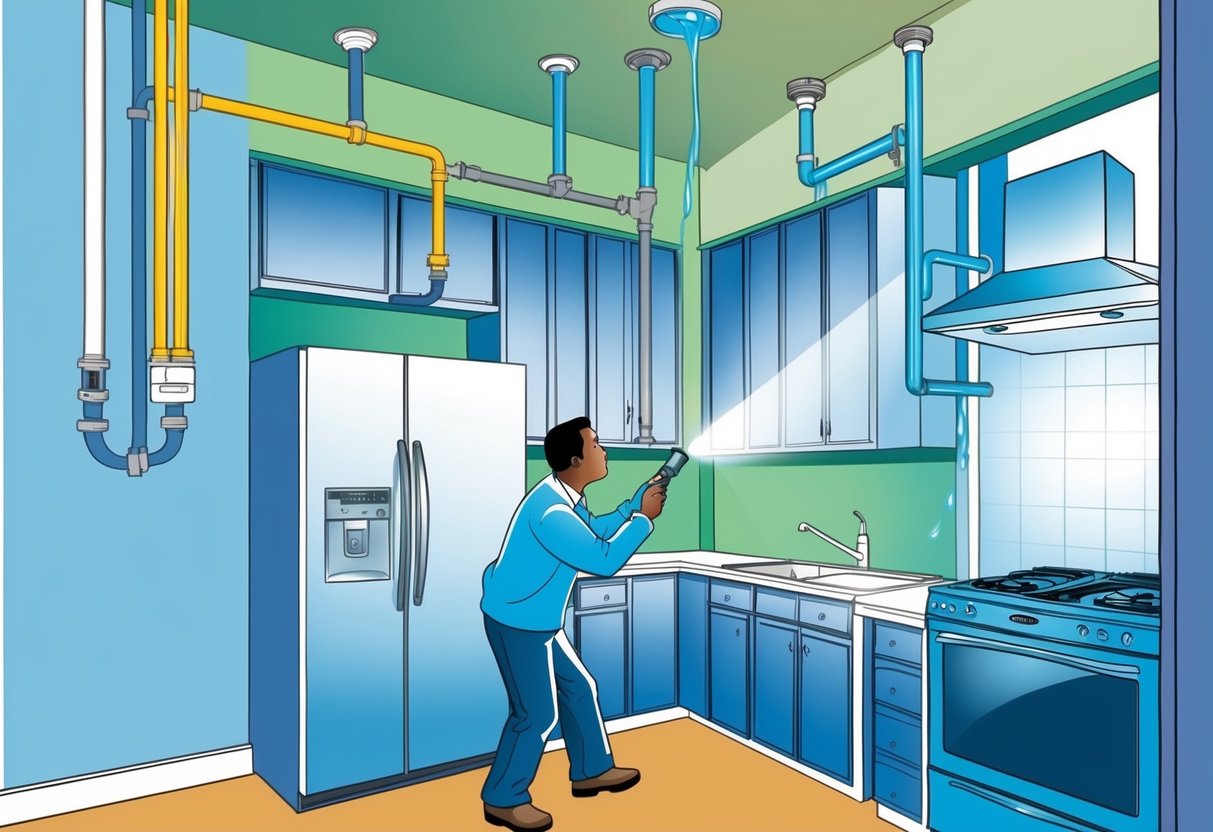
Choosing and Maintaining Roofing Materials

Selecting the right roofing materials makes a significant difference in shielding a home from water leaks. Proper maintenance extends the lifespan of both modern and classic roofs while reducing the risk of costly repairs.
The Benefits of Metal Roofing
Metal roofing stands out for its durability and low maintenance needs. It resists cracking, shrinking, and eroding, making it an excellent barrier against water intrusion.
Homeowners often choose metal for its long lifespan—many systems last 40 to 70 years. The material’s smooth surface allows rainwater to run off easily, which limits the chance of pooled water that can lead to leaks.
Additionally, most metal roofs are fire-resistant and perform well in extreme weather, offering extra protection. For those concerned with energy bills, metal roofing reflects solar radiant heat, helping maintain comfortable indoor temperatures year-round.
Regular inspection of fasteners and flashing ensures the watertight qualities remain intact. For more on roof leak prevention, visit this roof repair guide.
Upkeep for Classic and Modern Roof Types
Standard asphalt shingles, clay tiles, and slate require regular upkeep to protect your home from leaks. Key maintenance tasks include inspecting for missing or damaged shingles.
Clearing gutters to prevent water backup and checking for algae or moss growth are also important. Flat roofs and innovative membrane systems need frequent attention at seams and joints, where leaks typically start.
Promptly sealing cracks or replacing worn-out membranes can help maintain a watertight barrier. Homeowners can benefit from scheduled roof inspections to spot minor issues before they become serious, as explained in these leak prevention tips.
Simple steps such as keeping roof valleys clear of debris and repairing worn flashing provide long-term benefits. Addressing minor problems early is crucial for extending the lifespan of any roofing material.
Frequently Asked Questions

Detecting hidden water leaks and preventing water damage requires practical steps and attention to detail. Understanding how to spot early warning signs and knowing the most effective methods can prevent costly repairs and preserve the integrity of a home.
What are effective methods for locating a pipe leak within a home?
Homeowners can use a water meter test, inspect visible plumbing, and check appliances for any pooling water or corrosion. Listening for the sound of running water in walls or floors when faucets and appliances are off can be effective.
For further techniques, exploring details on finding hidden water leaks can help reveal additional strategies.
Can you identify an internal water leak without professional help?
Yes, several signs can indicate internal leaks. Sudden increases in water bills, unexplained damp areas, and visible stains on walls or ceilings are frequent indicators.
Leak sensors are another tool that can help homeowners get alerts to unusual moisture without needing expert equipment.
What steps should be taken to repair a water leak from the meter to the house?
Shut off the main water supply right away to stop further leakage. Then trace the line from the meter to the house to determine the location of the leak, and expose the pipe if necessary.
After identifying the issue, patch or replace the faulty section. If the damage is extensive or involves complicated plumbing, professional repair may be required.
How do you check a water meter to determine if there’s a leak?
Turn off all water-using appliances and fixtures throughout the house. Observe the water meter and look for movement, even subtle changes in the flow indicator.
Any movement when no water should be flowing likely suggests a leak is somewhere in the system. A more detailed explanation can be found in advice on testing your water meter for leaks.
What are the main signs that indicate a water leak behind a wall?
Common signs include yellow or brown stains on ceilings or walls, musty odors, and damp or swollen drywall. Paint that is bubbling or peeling and sudden appearances of mold are also key signals.
Visible water damage often means the leak has been active for some time.
What are common causes of water leaks in residential properties?
Worn-out pipe joints, shifting foundation, and corrosion of old pipes are typical causes. Appliances like washing machines and dishwashers can develop leaks around hoses and seals.
Regular inspection of plumbing fixtures and appliances can minimize the risk of leaks leading to costly water damage, as outlined in plumbing maintenance guides.